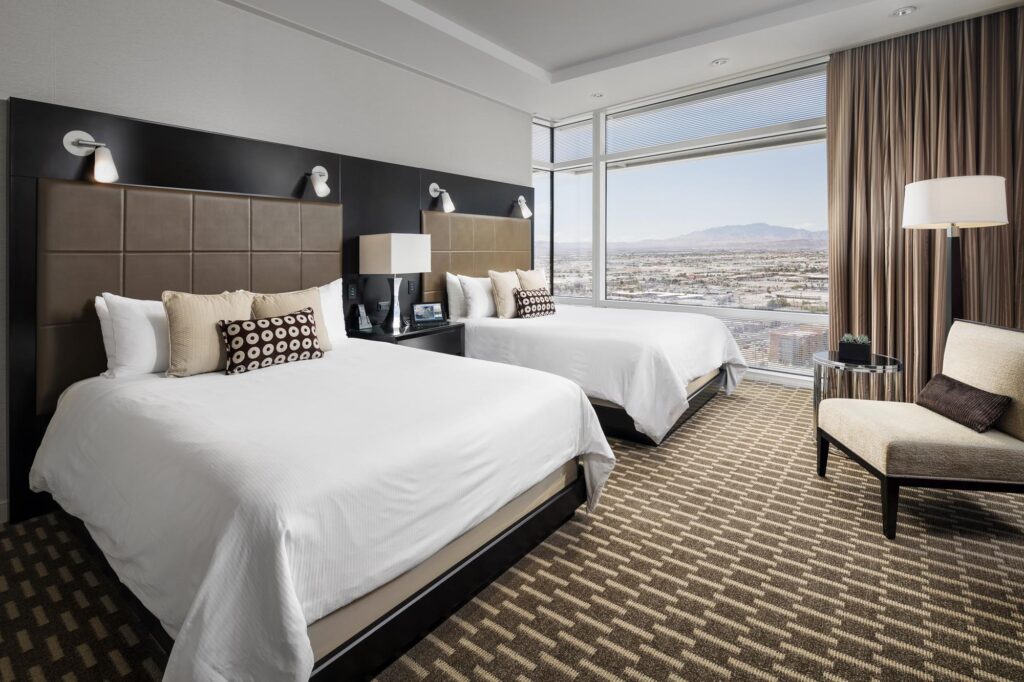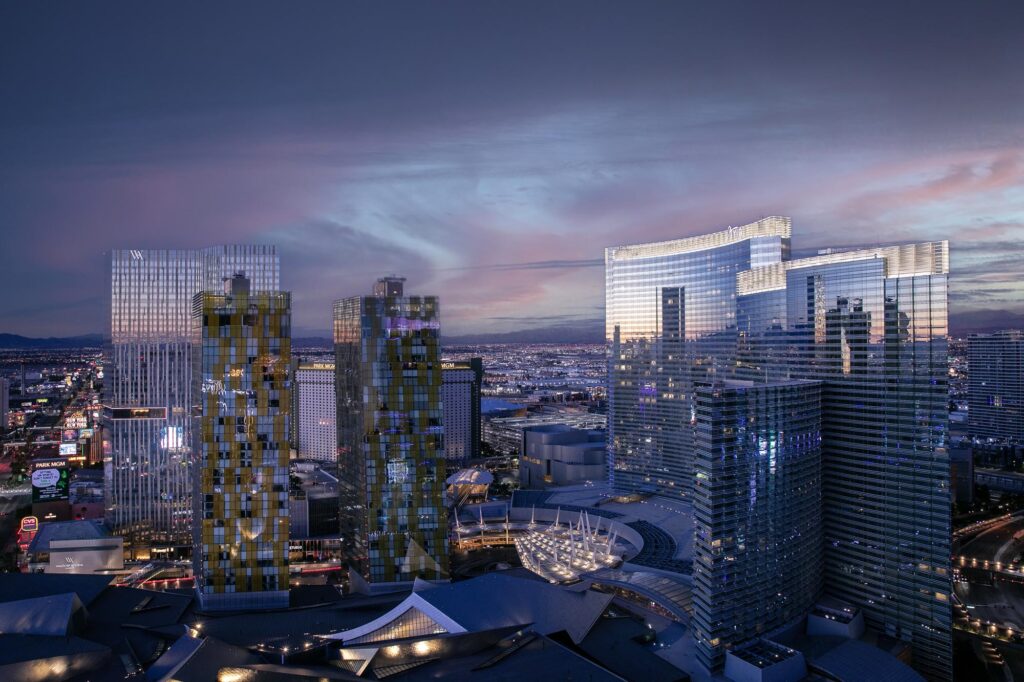Essential Hotel Photography Tips Every Professional Should Know
Capturing stunning hotel images isn’t just about taking beautiful photos—it’s about creating visuals that sell the property, communicate the guest experience, and align with the brand’s identity. Every detail, from lighting to composition, plays a role in making a hotel look inviting and luxurious.
Success in hotel photography requires careful planning and precise execution. Below are key tips to help you navigate the world of hospitality photography and deliver results that exceed client expectations.
Planning Your Hotel Photoshoot
A successful hotel shoot starts long before you pick up your camera. Proper planning ensures that you maximize your time on location and deliver exactly what the client needs.
- Understand the Client’s Expectations – Review the shoot list or RFP (request for proposal) in detail. Study the client’s existing images and identify areas for improvement.
- Evaluate the Time & Budget – Ensure the project timeline and budget align with the level of work required.
- Create a Shooting Schedule – Avoid unnecessary back-and-forth between indoor and outdoor shots. Group images by location to make the best use of natural light and available spaces.
- Scout the Location in Advance – Identify challenges such as sun position, obstructions, or areas under renovation.
- Coordinate Access & Housekeeping Support – Ensure the spaces are prepped before shooting and that a housekeeping team is available for last-minute adjustments.
Exterior Hotel Photography: Timing & Lighting
Unlike interiors, you can’t control the light on a hotel’s exterior, so careful planning is essential.
- Use Sun-Tracking Apps – These tools help determine the best time of day to photograph the hotel based on sunlight direction.
- Capture Both Day and Dusk Shots – Most hotels require one daylight and one twilight image of the exterior.
- Prioritize Quality Over Quantity – A handful of well-executed images are far more valuable than a collection of average ones.
- Be Creative, but Don’t Neglect the Essentials – While experimenting with angles is great, ensure the fundamental shots meet the client’s needs.
Ideal Camera Settings for Hotel Photography
Shutter Speed
- For exteriors, account for wind affecting trees, flags, or water features.
- Use a tripod and aim for a 1/180s shutter speed in daylight and around 1/80s at night (adjust for wind conditions).
ISO
- Keep ISO as low as possible to reduce noise.
- Daytime: Below 200 ISO
- Nighttime: No higher than 800 ISO, unless necessary.
Aperture
- Aim for F/7–F/11, depending on your lens’s sharpest setting.
Choosing the Right Angles
Selecting the correct perspective ensures the hotel is presented at its best.
- Emphasize the Hotel, Not Surrounding Structures – Avoid including competitors’ branding in the frame or ensure they can be retouched out.
- Frame the Brand Identity – The goal is to highlight the hotel’s unique architecture and ambiance.
- Consider the Environment – If the surrounding landscape enhances the hotel’s appeal (e.g., a beachfront resort), incorporate it thoughtfully.

Balancing Creativity and Brand Identity
Clients hire professional photographers to elevate their brand, not simply to replicate past images.
- Bring a Fresh Perspective – Don’t just imitate existing shots—identify new angles that enhance the hotel’s character.
- Understand When Creativity is Limited – In some cases, architectural constraints limit the number of good angles available.
Photographing Hotel Interiors: What to Focus On
A comprehensive interior shoot should cover all key spaces, including:
✔ Guest rooms & suites
✔ Lobby & reception
✔ Pool & spa
✔ Restaurants, bars, & lounges
✔ Event & conference areas
✔ Retail shops & amenities
How Many Images Does a Hotel Need?
- Hotel Exterior: 1–3 images
- Standard Guest Rooms: Minimum 2–3 images per room type
- Suites/Villas/Penthouses: 4–5 images
- Lobby & Public Spaces: 1–2 per location
- Conference Areas: 3–5 images
- Restaurants & Bars: 2–3 per venue
- Spa, Pool, Gym: 2–3 each
Essential Hotel Room Photography Tips
1. Preparation is Key
- Housekeeping should steam linens, remove clutter, and ensure everything is pristine before the shoot.
- Request a housekeeping staff member to be available during the session for last-minute touch-ups.
2. Pay Attention to Composition
- Scout the room before setting up – Align pillows, adjust furniture, and remove distracting items.
- Keep branding elements in mind – Avoid unwanted print materials, trash bins, and remote controls in the frame.
3. Avoid Misleading Staging
- While flowers, wine bottles, and extra decor can add warmth, they shouldn’t misrepresent what guests will actually experience.
- If a staged setting is required, discuss it with the hotel to manage guest expectations.
4. Capture the View
- Guests often choose rooms based on the view—ensure window perspectives are accurately represented.
- Avoid overselling a view that only a few rooms actually offer.

Artificial & Strobe Lighting for Interiors
Lighting plays a crucial role in hotel interior photography.
Balancing Ambient & Artificial Light
- Expose for the outdoor view first – The exterior should be slightly brighter than the room to maintain realism.
- Add fill light strategically – Use strobes or soft lights to enhance depth without overpowering natural ambiance.
- Avoid Color Contamination – Hotels often use mixed lighting (LED, tungsten, fluorescent). Use color modifiers to maintain consistency.
Techniques to Enhance Lighting
- Light Painting: Gradually illuminate different areas and blend in post-processing.
- Directional Lighting: Mimic natural light sources for authenticity.
- Layered Exposure Blending: Combine multiple exposures for a balanced final image.
Final Thoughts
Successful hotel photography isn’t just about technical skills—it’s about understanding the client’s needs, planning effectively, and executing with precision.
- Scout, prepare, and communicate with the client throughout the process.
- Stay organized and manage time efficiently to maximize results.
- Balance technical accuracy with creative vision to produce compelling imagery.
- Minimize disruption to guests and staff to maintain professionalism.
With a thoughtful approach and attention to detail, you’ll create high-quality images that not only showcase the hotel’s beauty but also drive bookings and enhance its brand presence.

Never Stop Learning
Hotel photography evolves with trends and technology. Keep refining your skills, experimenting with new techniques, and staying ahead in this competitive field.
Be creative, have fun, and most importantly—always be professional.

